Euphorbia, how do I love thee? Let me count the ways.
Perennial, shrub and tree.
You give a frost-free garden dappled shade and ruby tints high overhead. Euphorbia cotinifolia, about 15 feet, max.
I’ve been entertained by the sound of your ballistically exploding seeds as the temperature reached into the 90’s.
As fresh in August as in spring. Euphorbia ‘Ascot Rainbow’
Outdoing all other claims on green. Euphorbia mellifera.
Safe to say your reputation is sound enough for some minor quibbling. There’s this small problem with scale you allow to congregate on E. characias. In fact, here in zone 10, E. characias never makes the large shrubs it does in zone 8. E. x martinii does much better, a natural hybrid of E. amygdaloides and E. characias. And I’ve heard E. myrsinites is tough, but apparently not tough enough for the gravel garden, so I’ve abused your good nature in that regard. E. lambii appears to be struggling in the gravel garden as well, yet I know you can pull it off — I’ve seen E. lambii grown xeric at the Huntington cactus garden. More water while you are getting established would be appreciated, wouldn’t it?
Back to your many fine qualities. Your ubiquitous cheeriness in Euphorbia ‘Diamond Frost,’ perennial in zone 10, returning amongst the crush of plants I squeeze in around you, always forgetting you were there first.
You never complain but only find ever more ingenious ways to outmaneuver the throng. Like climbing up the grapevine.
And I’ve read you earn your keep just about everywhere you are planted, even if only for one summer. You’re getting quite the reputation for containers too, but it’s straight into the garden for you here.
(You are so good that buying the new, darker-leaved ‘Breathless Blush’ seemed a safe bet. How is it possible to create such a weakling from you?!)
I’ve also read that some of your tribe are considered weedy. (E. dulcis ‘Chameleon,’ you may see yourself in this description. I’ve read about your antics elsewhere, although you despise zone 10.)
None are weedy for me, not even E. characias. Just a few seedlings I’m always grateful to have.
Euphorbia seguieriana ssp. niciciana, Siberian Spurge, has colonized bare spots in the gravel garden but never infiltrates into other plants. But I can’t remember when you last flowered. Have you ever flowered? Definitely not a euphorbia to be let loose in good garden conditions, but I appreciate the lushness you bring to the spiky growers around you.
I know how euphorbias will shine all winter with hellebores and grasses, so I’ve been quietly slipping you in amidst the waning summer party. Euphorbia ‘Silver Swan.’
(Your kin, the ‘Tasmanian Tiger’ was no tiger in my garden.)
Your bracts decorate the garden for ages, stippling patterns amongst leaves like the nubby textures from beads on plain 50’s sweaters.
My love always swells for euphorbia in late summer and winter. Spring and summer too. Nonstop euphorbia love.

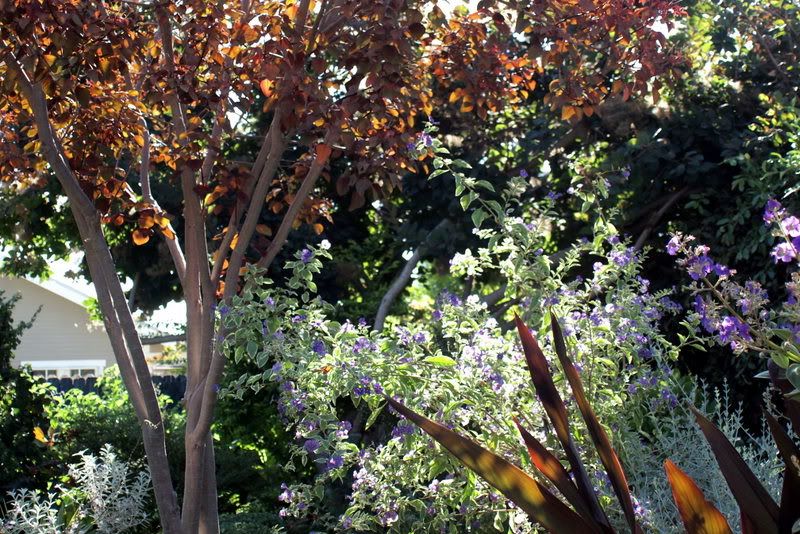

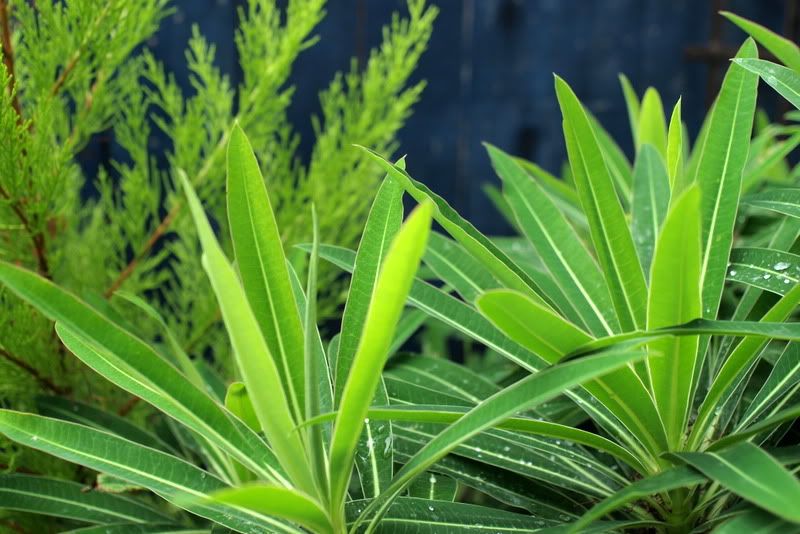
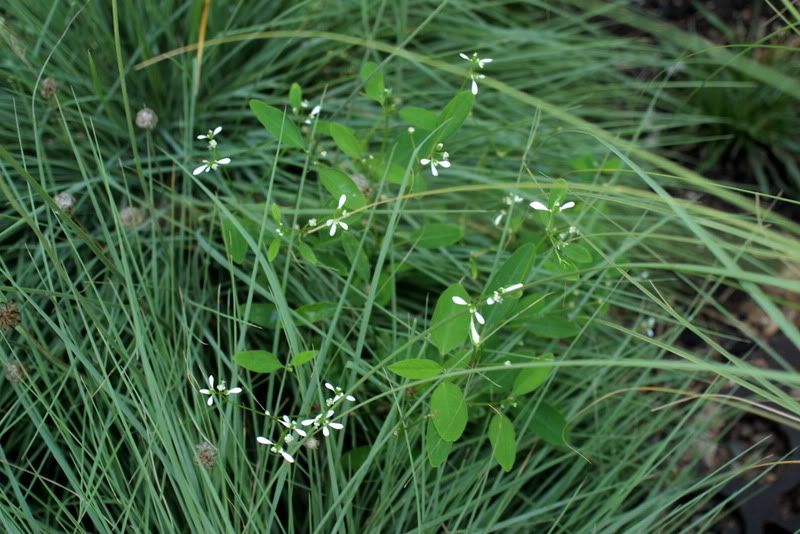
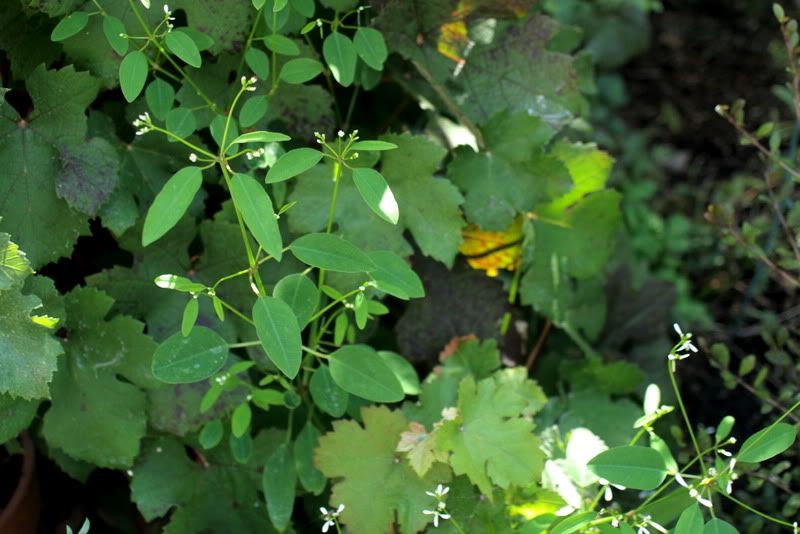
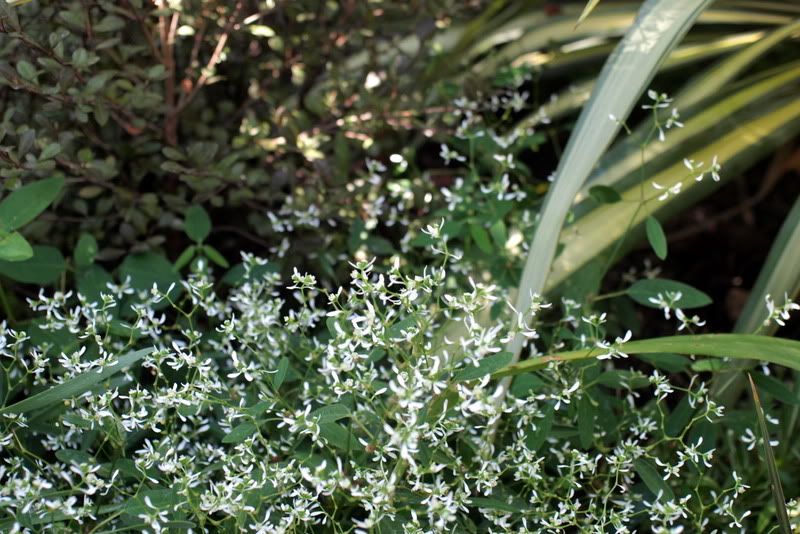
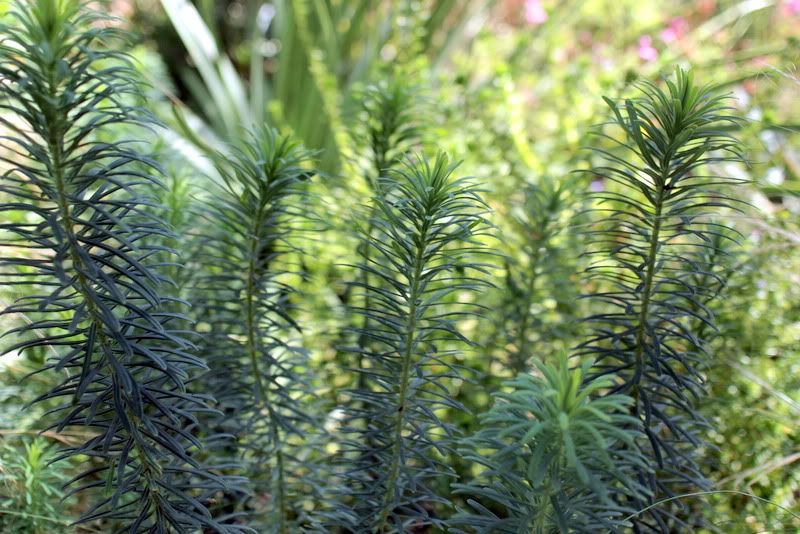
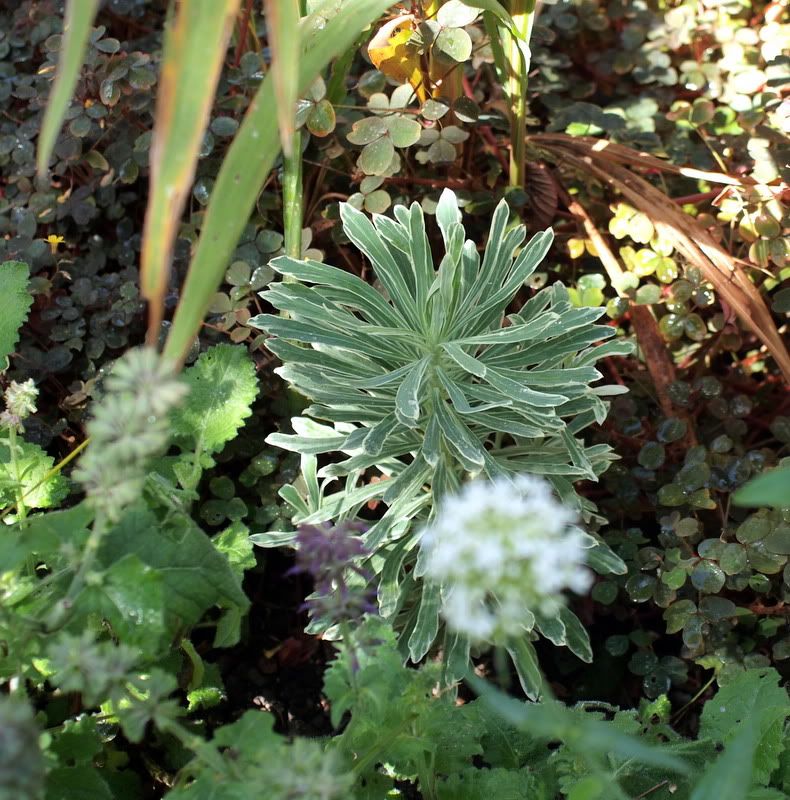
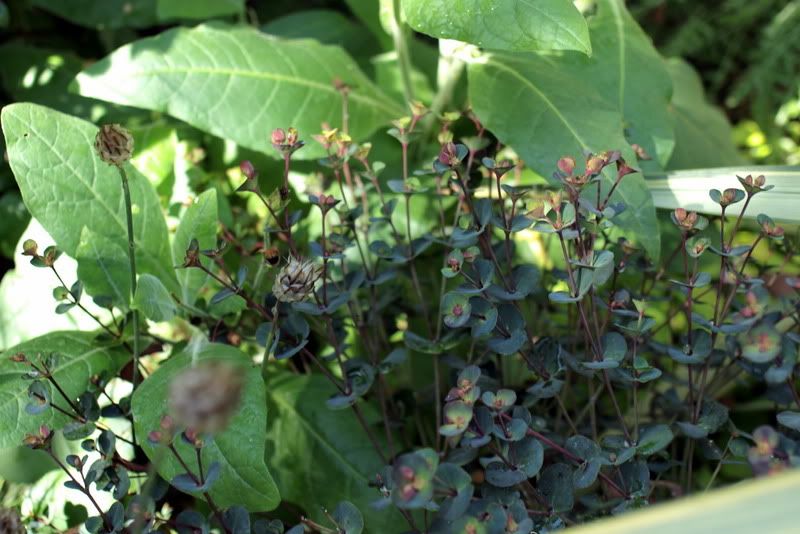
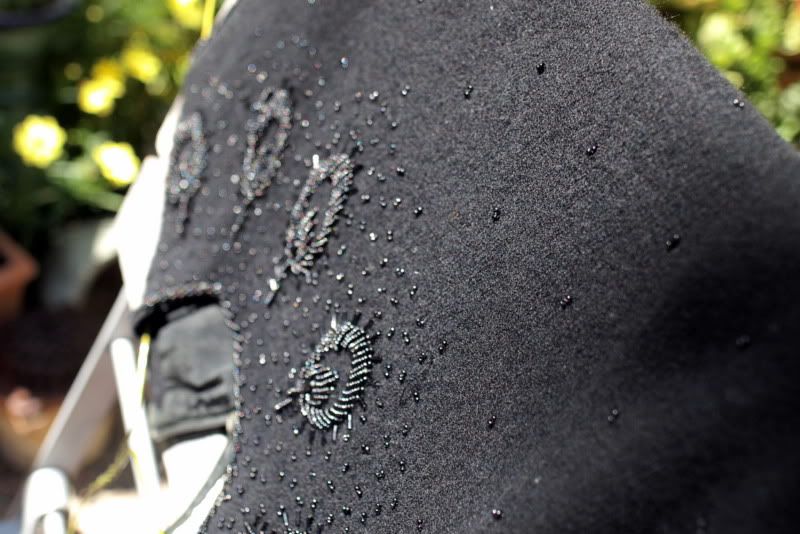
Yes! Such a fitting tribute to a wonderful plant. It’s nice that we can both grow a few of these, while others favor your zone or mine. I planted a Euphorbia mellifera this spring. Slim chances of it making it through winter but a girl can hope (how many times can I say that?). Your Euphorbia seguieriana ssp. nicician and Euphorbia cotinifolia are new to me, and both beautiful. Such fabulous plants.
What about the Poinsettia, you didn’t mention the Poinsettia.
Loree, your E. characias were so amazing this spring!
Cindy, yes, this is a nice little tree here, but I think it loses some of the intense leaf color you get growing it in a container.
Les, you sly devil, I only mentioned the ones I’m growing. There are plenty of poinsettia trees in the neighborhood, though.
I find pieces of ‘Chameleon’ everywhere, many years after the ancestors have been dug up and disposed of. But the 2009 acquisition of ‘Blackbird’ has proven to be a very happy alternative. I lost ‘Tasmanian Tiger’ last year and replaced it with ‘Glacier Blue’ which has languished and may have an appointment with the shovel–I’ll see how it does in fall, and in the meantime I’ve jotted down the name of ‘Silver Swan’. Wonderful tribute to a favorite genus !
I did not realize, and was surprised to discover (then not surprised, after having a careful look) that the annoying little weed I see everywhere is a Euphorbia as well, E. peplus (not the same as E. peplis).
Thanks for the warning on ‘Tasmanian Tiger’–it always tempted me, but it always looked like a weaking when I saw it for sale, so I passed. My neighbor gave me a coupe of E. continifolias. She said the ungodly Santa Anas we get snap off pieces and send them flying. Yours is a beauty!
Kathy, I’ve read this Silver Swan is a a good grower, so we’ll see.
Hoov, that is so true about E. cotinifola. Very brittle trees, and this is probably our third, this one sown in situ from a previous tree. We cut the canopy back to keep the sail factor down. Much stronger with multiple trunks. A single-trunked one snapped in two!
Beautifully written once again! You’ve got a superior knack for the craft.
I find it interesting how different plants perform in different locales. I’ve lost most of the newer-to-market Euphorbias while E. myrsinities and E. cyparissias thrive and one of several E. ‘Helena’s Blush’ carries on. I’ve lost ‘Blackbird’ ‘Red Martin’ ‘Bonfire’ and ‘First Blush.’ Oh and ‘Tasmanian Tiger’ while alive, hasn’t put on much growth at all for two years now. I’ve concluded I’m doing something wrong.